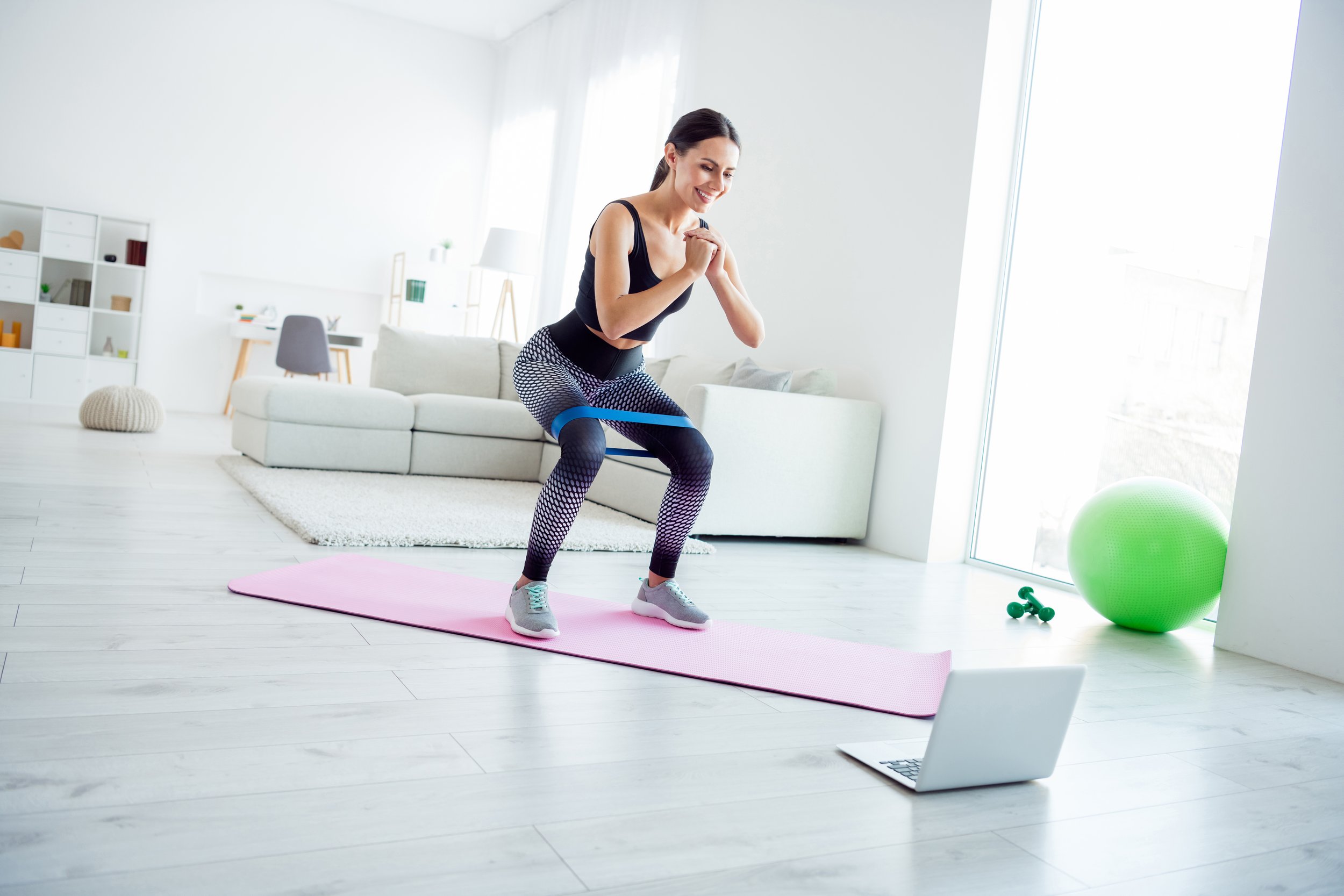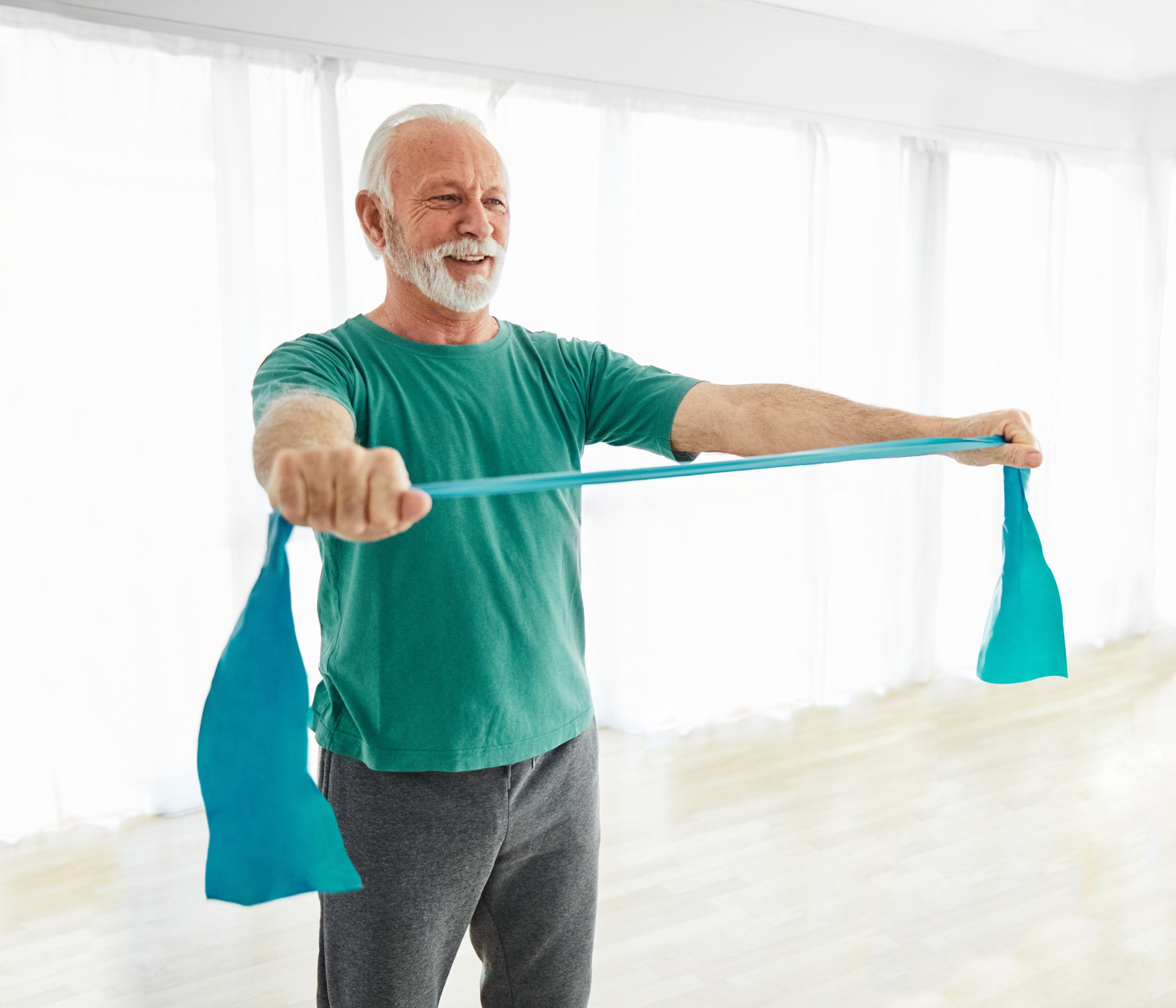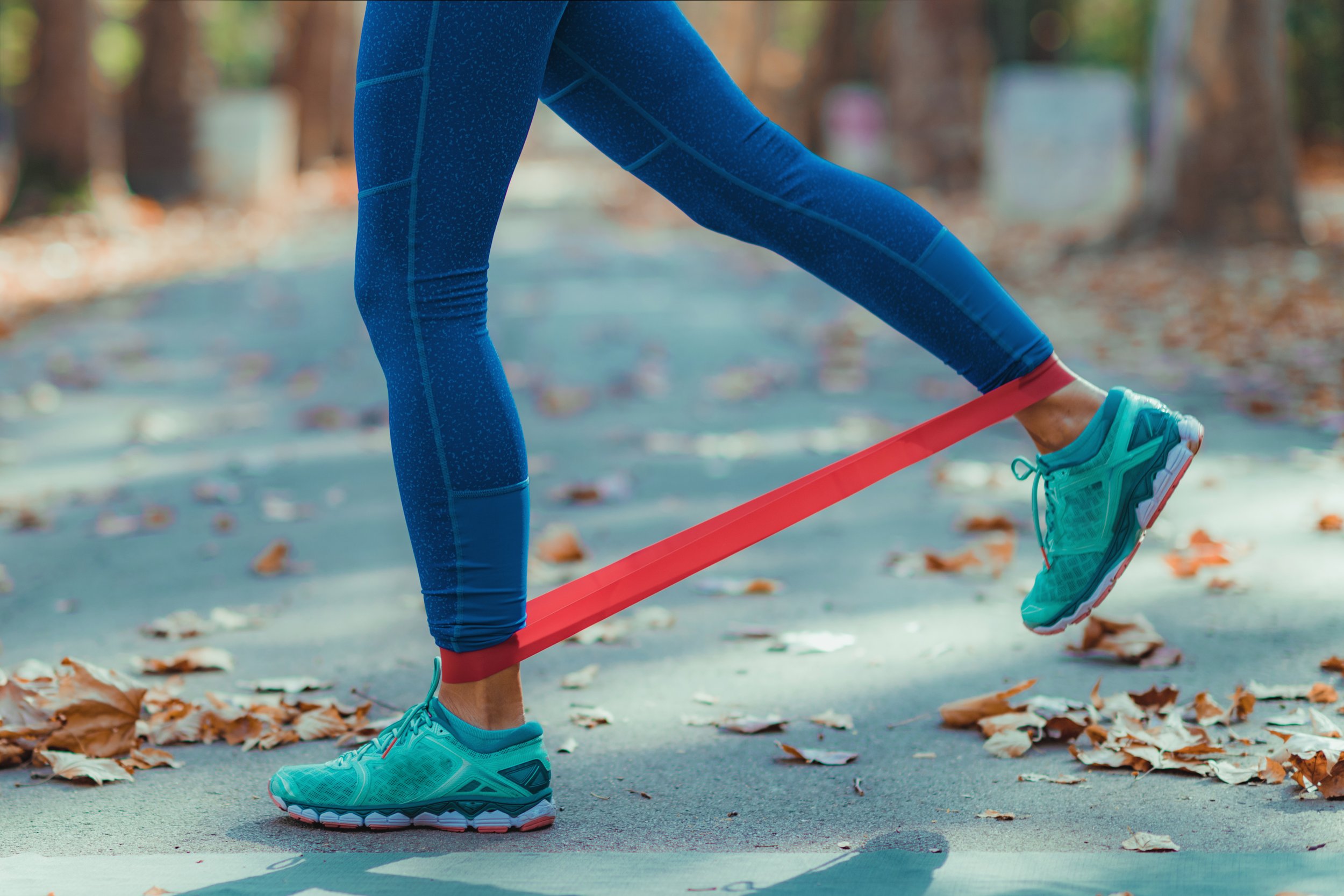Resistance Bands 101: A Physical Therapist's Guide
The Physical Therapist's Guide to Choosing the Right Resistance Bands for Your Goals
Resistance bands are versatile, affordable, and portable tools that can revolutionize your workouts, whether you're a beginner or a seasoned fitness enthusiast. As a physical therapist, I've seen firsthand how resistance bands can help people build strength, improve mobility, and recover from injuries. But with so many different types of resistance bands available, it can be overwhelming to choose the right ones.
In this guide, I'll break down the different types of resistance bands, their benefits, and how to select the right level of resistance for your specific goals.
Types of Resistance Bands
Loop Bands: These continuous loops are great for lower body exercises like squats, hip abductions, and glute bridges. They come in various widths and resistances.
Therapy Bands: These long, flat bands are perfect for upper body exercises like bicep curls, shoulder presses, and rows. They also offer a wider range of motion compared to loop bands.
Figure-8 Bands: These bands have handles on each end and are ideal for exercises like chest presses, tricep extensions, and lateral raises. The handles provide a comfortable grip and allow for more controlled movements.
Tube Bands with Handles: Similar to figure-8 bands, these bands have handles but are more versatile. They can be used for both upper and lower body exercises, and you can adjust the resistance by changing the length of the band.
Mini Bands: These small, looped bands are primarily used for lower body exercises targeting the hips and glutes.They're great for adding extra resistance to bodyweight exercises or for activation drills.
Choosing the Right Resistance Level
Resistance bands typically come in a variety of color-coded levels of resistance, from light to extra heavy. The right level for you depends on your current fitness level, the specific exercises you'll be doing, and your goals.
Beginners: Start with light or medium resistance bands to learn proper form and build a foundation of strength.
Intermediate: Progress to medium or heavy resistance bands as you get stronger.
Advanced: Opt for heavy or extra heavy resistance bands to continue challenging your muscles.
A good way to test the resistance is to hold the band and try to perform a few repetitions of the exercise you plan to do. If it feels too easy, move up to a higher resistance level. If it's too difficult, try a lower level.
Benefits of Resistance Bands
Versatility: You can perform a wide range of exercises for all major muscle groups.
Portability: Resistance bands are lightweight and easy to pack, making them perfect for travel or at-home workouts.
Joint-Friendly: The controlled resistance of bands is gentler on your joints compared to free weights.
Progressive Overload: You can easily increase the resistance as you get stronger to continue making progress.
Incorporating Resistance Bands into Your Routine
Whether you're looking to build strength, improve mobility, or add variety to your workouts, resistance bands are a fantastic tool. Consult with a physical therapist to develop a personalized exercise program that meets your specific needs and goals.
Remember: Proper form is essential when using resistance bands to prevent injuries. If you're unsure of how to perform an exercise correctly, seek guidance from a qualified professional.
Ready to experience the benefits of resistance training firsthand? Nyack Exchange is your one-stop shop for top-quality resistance bands, expertly selected by our team of physical therapists. We're here to help you find the right tools and guidance to reach your fitness goals, whether it's building strength, improving mobility, or recovering from injury. Visit us today or browse our online selection and let us help you on your journey to a healthier, stronger you.










